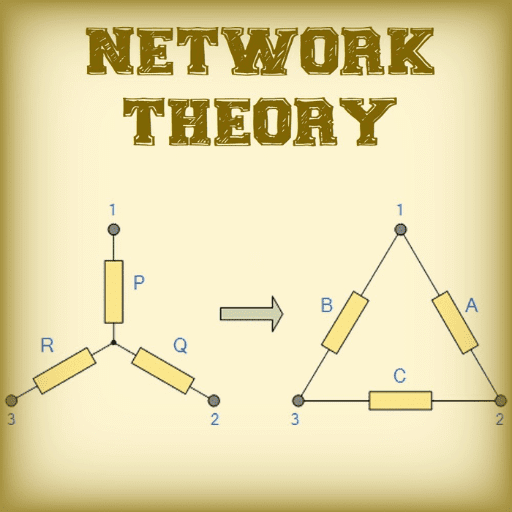Significance of First Order Process - Electrical Engineering (EE) PDF Download
Significance of First Order Process
From eq.(43) and its subsequent linearization eq.(49), it is understood that the effluent flow rate Fo varies linearly with the hydrostatic pressure of the liquid level h . Hence the following expression can be written:
53
The expression indicates that the outlet flow of water decreases with increase of . This term can be called as the resistance (R) to the water flow. Again, cross-sectional area of the tank (A) is a measure of its capacity to store water. Larger is the value of A , larger is the capacity of the tank.
Thus, eq.(52) can be re-written as,
54
55
In other words, the gain and time constant of a first order process can be expressed in terms of resistance and capacitance of the process. Another important characteristic of a first order process is its self-regulating nature. If inlet flow of water increases, level increases, hydrostatic pressure increases, outlet flow increases. As a result a new steady state is reached by the process.
Dynamic Response of a First Order Process to a step change in the input
For a step input of magnitude A, the Laplace Transform of u(t) would be
56
Hence, for a first order process affected by a step input, the output is
57
Taking inverse Laplace Transform of the above equation,
58
The above equation is the dynamic response of the first order process to a step change in the input of magnitude A .
Let us take the following dimensionless forms of the output response and the time,
59
60
Then the dynamic response of the first order process to the step change in the input can be re-written as
61
Fig. 3 shows the plot Y(T) vs. T.
Following characteristic features of a first order process are observed from the above analysis:
1. Slope of response at T=0 (or t=0 ) is . This implies that should the initial rate of change of the process output were to be maintained, the output would reach its final value in a period equivalent to one time constant. Hence, smaller is the time constant of the process, faster is the response of the system.
2. Putting T=1 in the dimensionless equation of the process response, we obtain , i.e . the process response reaches 63.2% of its final value after a time period which is equal to one time constant.
3. Putting T=5 in the dimensionless equation of the process response, we obtain  , i.e . the process response reaches 99.33% of its final value after a time period which is equal to five time constant. In other words, the system almost reaches its steady state after a time period which is equal to five time constants.
, i.e . the process response reaches 99.33% of its final value after a time period which is equal to five time constant. In other words, the system almost reaches its steady state after a time period which is equal to five time constants.
4. The ultimate value of the process response is , in other words
. Hence, ratio of change in output and change in input may be given as
. By definition this is the gain of the process. If Kp is large, the system becomes very sensitive because, even a small change in input yields a large change in output. On the other hand, if Kp is small, the system is relatively insensitive because, even a large change in input does not yield any appreciable change in output. This characteristic explains the name steady state gain or static gaingiven to the parameter Kp.
Effect of parameters on the response of First Order Process
Suppose two first order processes have same static gain but different time constants.
62
63
It indicates that Process 1 is faster than process 2 as the time constant of Process 1 is smaller than that of Process 2. The responses of the processes for same unit step change in input are given in the figure below:
Since the gain of the processes are same, the ultimate response reaches the same value. On the other hand, suppose two first order processes have different static gains but same time constants.
64
65
It indicates that Process 2 has higher static gain than Process 1. The responses of the processes are given in the figure below:
Fig.5: Dynamic profile of two first order processes with different gain but same time constants. We observe that the processes have same initial slope of response. Process 2 settles at a higher steady state value due to its higher static gain.
FAQs on Significance of First Order Process - Electrical Engineering (EE)
| 1. What is a first-order process? |  |
| 2. How is the rate of a first-order process determined? |  |
| 3. What is the significance of a first-order process? |  |
| 4. Can a first-order process have multiple reactants? |  |
| 5. How can the rate constant of a first-order process be determined experimentally? |  |





























